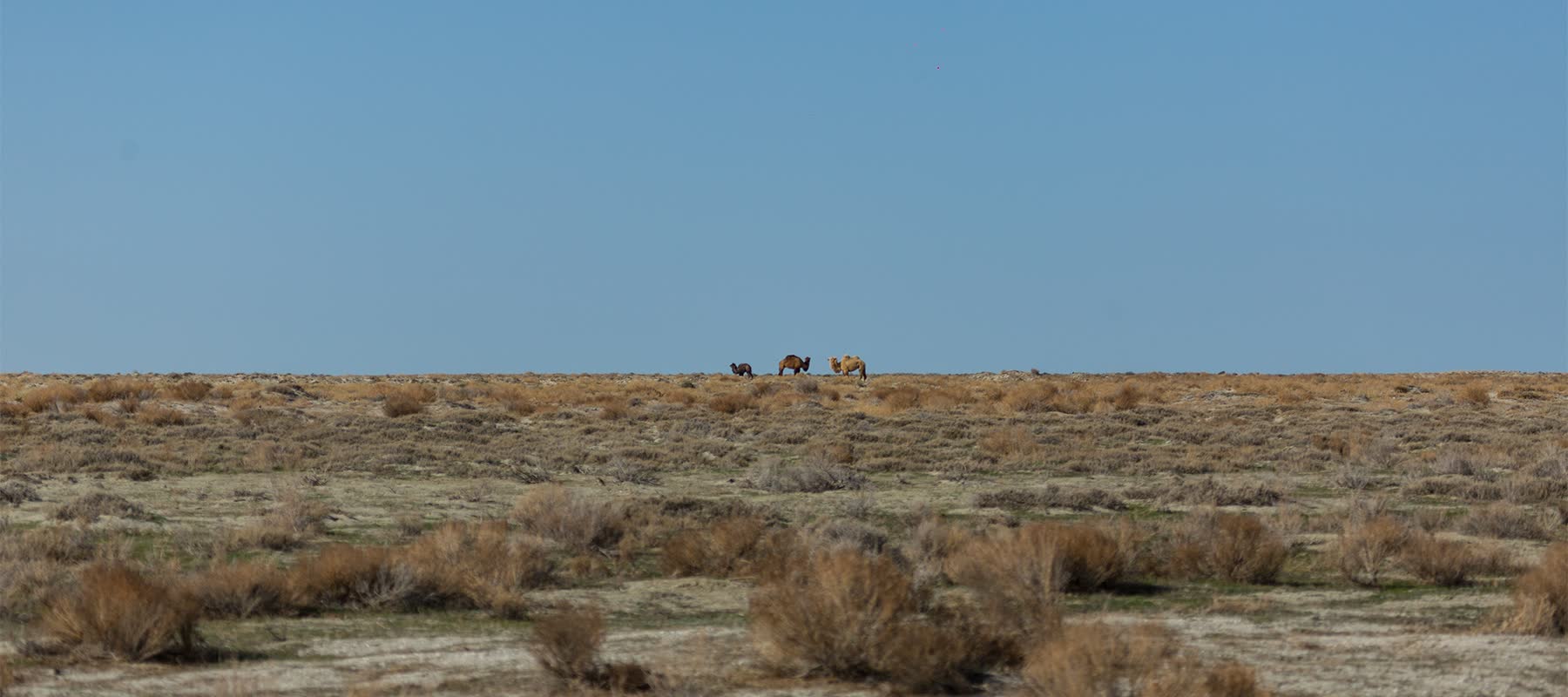The Muyunkum Desert
The Muyunkum Desert, also spelled as "Moynaqum" or "Moyunqum," is a desert located in southern Kazakhstan, near the border with Uzbekistan.
Here are some key details about the Muyunkum Desert:

Location: The Muyunkum Desert is situated in the southern part of Kazakhstan, primarily in the Kyzylorda Region. It extends into the western part of Uzbekistan.
Size and Landscape: The desert covers an area of around 80,000 square kilometers (approximately 30,888 square miles). It is characterized by a diverse landscape that includes sand dunes, salt flats, and low-lying shrubs.
Climate: The Muyunkum Desert experiences a continental desert climate with extreme temperature variations. Summers are hot and dry, with temperatures often exceeding 40 degrees Celsius (104 degrees Fahrenheit). Winters can be cold, with temperatures dropping significantly.
Vegetation: Despite the arid conditions, the Muyunkum Desert does support some plant life, including drought-resistant shrubs and grasses.
Wildlife: The desert is home to various forms of wildlife adapted to arid environments, such as lizards, snakes, and desert-dwelling birds.
Tourism: The Muyunkum Desert attracts tourists interested in experiencing its unique desert landscape. Visitors can explore the sand dunes, enjoy desert activities like camel riding, and witness the stark beauty of the desert scenery.
Conservation Efforts: Efforts are made to preserve the fragile ecosystem of the Muyunkum Desert and to protect its flora and fauna from potential threats.
Economic Activities: The region's economy relies on activities such as agriculture, livestock farming, and mineral extraction, which are adapted to the desert's harsh conditions.
The Muyunkum Desert, with its diverse landscapes and challenging climatic conditions, offers a unique and remote experience for travelers interested in desert environments. It plays a role in the local economy and is valued for its natural beauty and ecological significance.